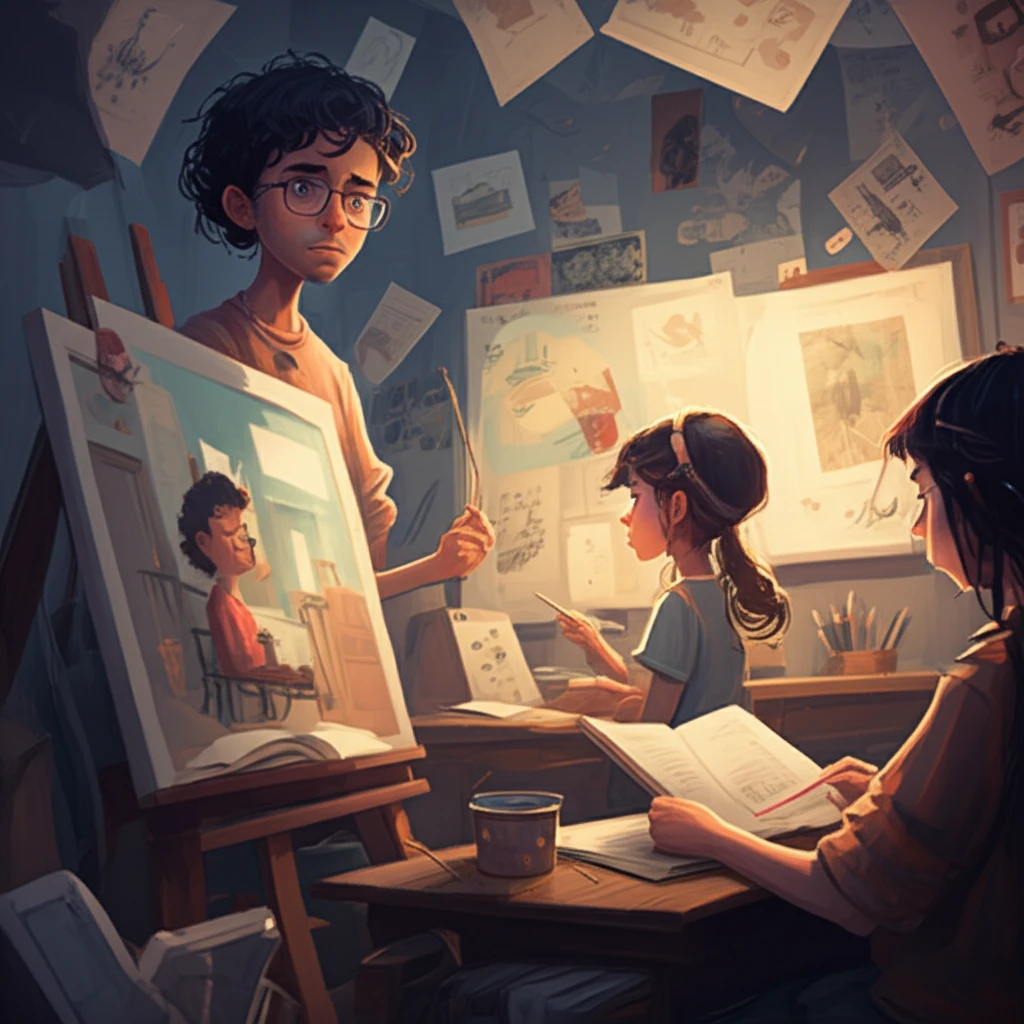
Unlocking Creativity: How Art Engages Students Beyond Passive Learning
"Exploring the power of aesthetic experiences in education to foster active engagement and critical thinking among students."
In an era dominated by standardized testing and rote learning, the role of art in education is often undervalued. However, artistic engagement offers a unique pathway to foster creativity, critical thinking, and active participation among students. This article delves into the transformative power of aesthetic experiences in the classroom, drawing insights from the Nordic Journal of Art and Research and the perspectives of philosophers like Jacques Rancière and John Dewey.
The conventional approach to education often casts students in a passive role, where they are expected to absorb information and reproduce it on demand. Art, on the other hand, invites students to become active participants in the learning process. Whether through visual arts, music, theater, or dance, artistic expression encourages students to explore, experiment, and interpret their world in meaningful ways.
By examining how art challenges traditional educational paradigms, we can unlock new strategies for engaging students and cultivating a lifelong love of learning. Join us as we explore the dynamic relationship between art, education, and the cultivation of active, creative minds.
The Aesthetic Experience: More Than Just Passive Observation

Many educators express concern regarding the role students plays in a The Cultural Schoolbag (DKS) Program, indicating that they may assume a passive role. Philosophers like Jacques Rancière and John Dewey challenge this notion by positing that aesthetic experiences—including those encountered as an audience member—are inherently active and formative. They argue that engaging with art is not merely about passively receiving information but involves an internal process of interpretation, reflection, and creation.
- Promotes sensory experience.
- Encourages interpretation and expression.
- Cultivates critical thinking.
- Actively shapes perspectives.
Transforming Education Through Aesthetic Engagement
Integrating art into education offers a powerful means of transforming students from passive observers into active participants in the learning process. By embracing the principles of aesthetic experience—interpretation, reflection, and creation—educators can cultivate critical thinking, creativity, and a lifelong love of learning. In doing so, they empower students to become active agents of change in their own lives and in the world around them.
